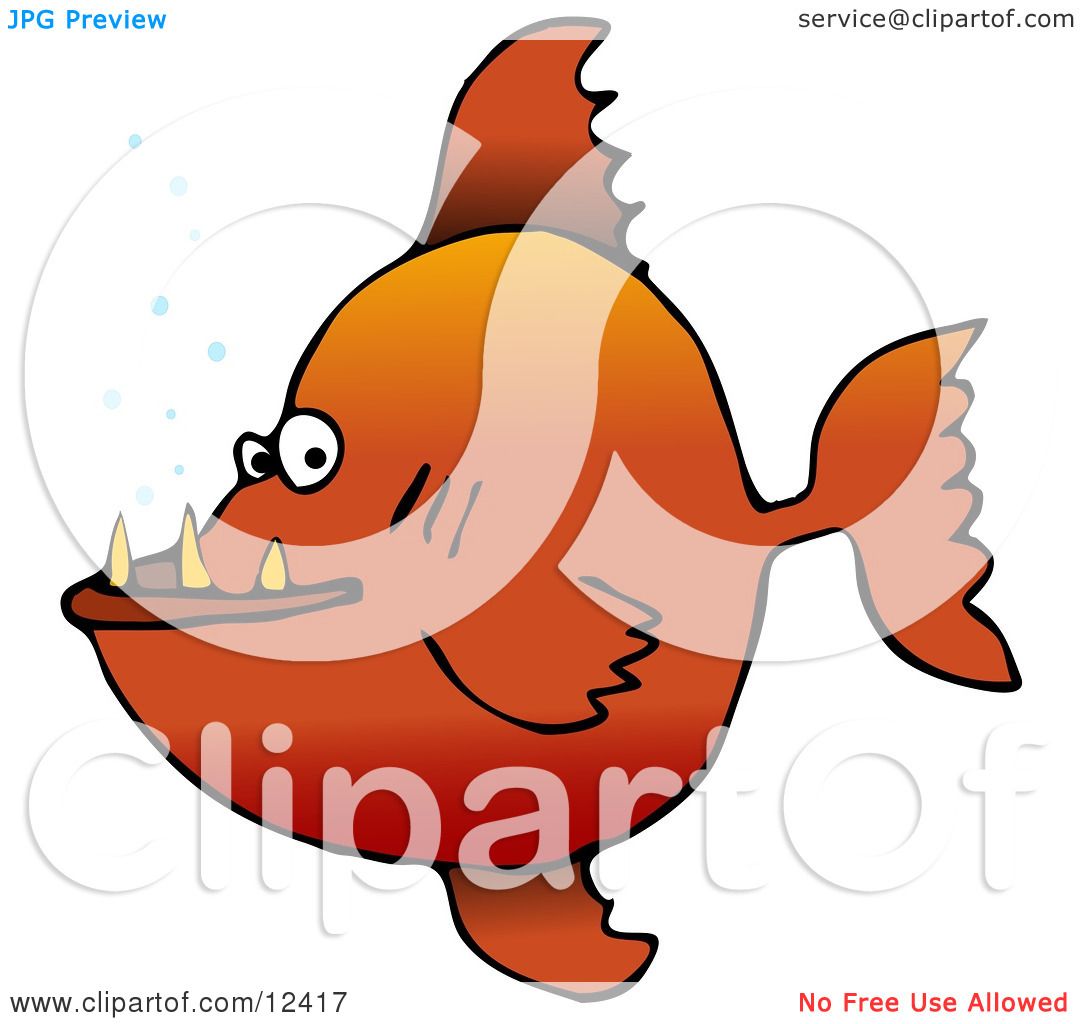


When handling a sturgeon, be careful for the sharp scutes (bony plates) along the sides. Sturgeon dwell on the bottom of deep holes in upper bays. Technique: Both boat and shore anglers use shrimp, smelt or herring with a single 6/0 or 7/0 barbless hook, a 2- to 8-ounce sliding sinker, and 30- to 40-pound line. Those caught in Oregon, however, usually measure less than 12 feet.įish fact: Sturgeon may live to be over 100 years old and spawn only once every 2 to 8 years. Historical records list one white sturgeon tipping the scales at 1,500 pounds and measuring 20 feet. In most areas, retention of sturgeon is not allowed, but anglers can try their hand at catch-and-release. sea bass or rock cod)īoth green sturgeon and white sturgeon are found in Oregon. Check current regulations (including any made inseason) for size, depth, and daily bag limits. Retention of some of these species may be prohibited. Check your line often for frays caused by contact with rocks. Most bottomfish do not venture far from cover, so resist the urge to make long casts away from rocks and jetties unless you are fishing for flatfish. From rocks and jetties, bottomfish are often caught during incoming tides. Rockfish and lingcod are also attracted to leadhead jigs with rubber worms and other lures. Bottomfish are enticed by fresh bait such as sand/ghost shrimp, marine worms, squid or herring. General technique: See the diagram of a bottomfish fish-finder rig (see below). The meat of lingcod, greenling, and cabezon may be blue or green, but it turns white when cooked and is harmless. All of the bottomfish described here are excellent to eat. It includes rockfish, lingcod, greenling, cabezon and flatfish. “Bottomfish” and “groundfish” are terms used for fishes found mostly around rocky headlands, jetties, nearshore reefs and offshore pinnacles. Print this article What might bite? BOTTOMFISH


 0 kommentar(er)
0 kommentar(er)
